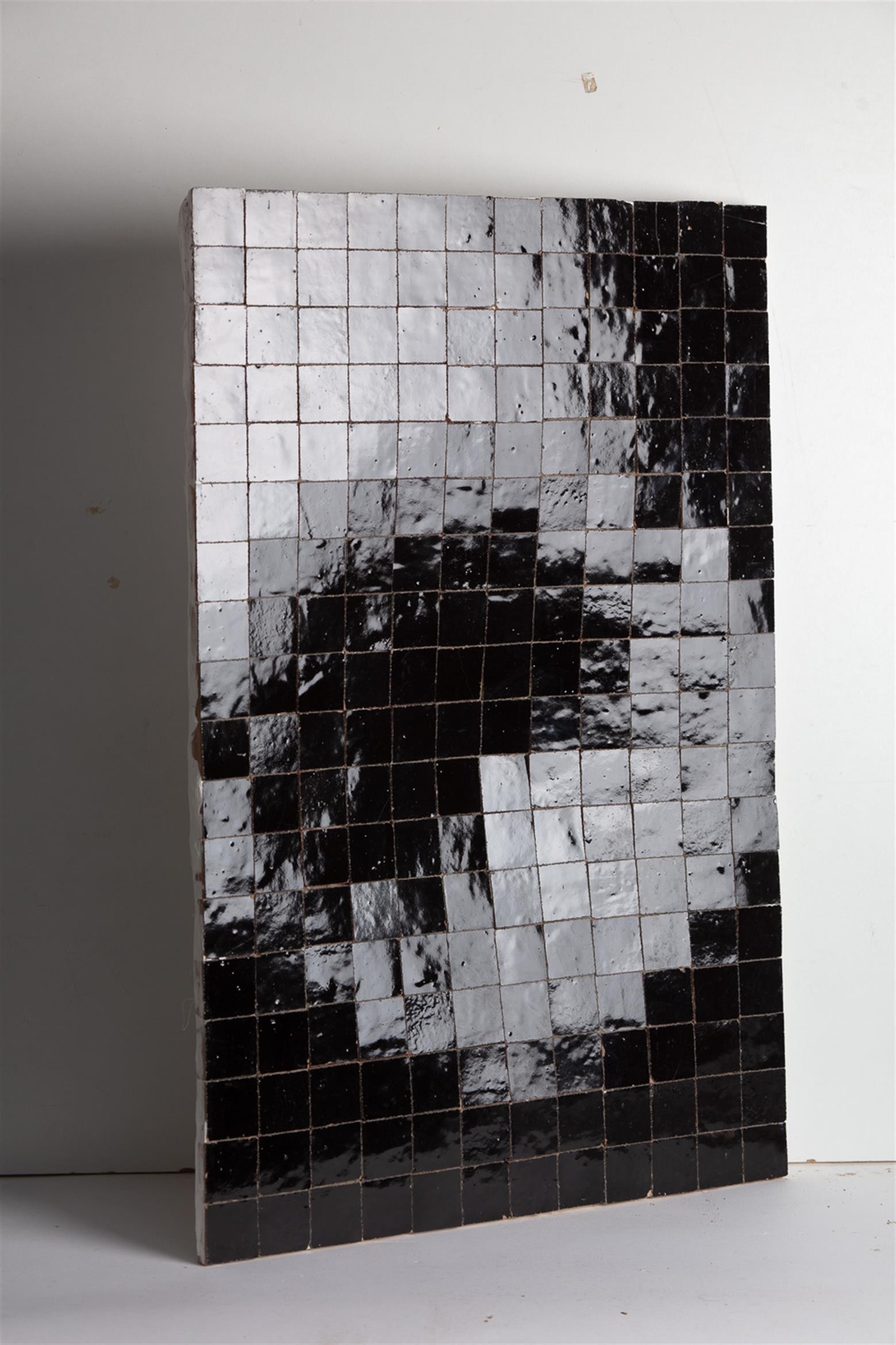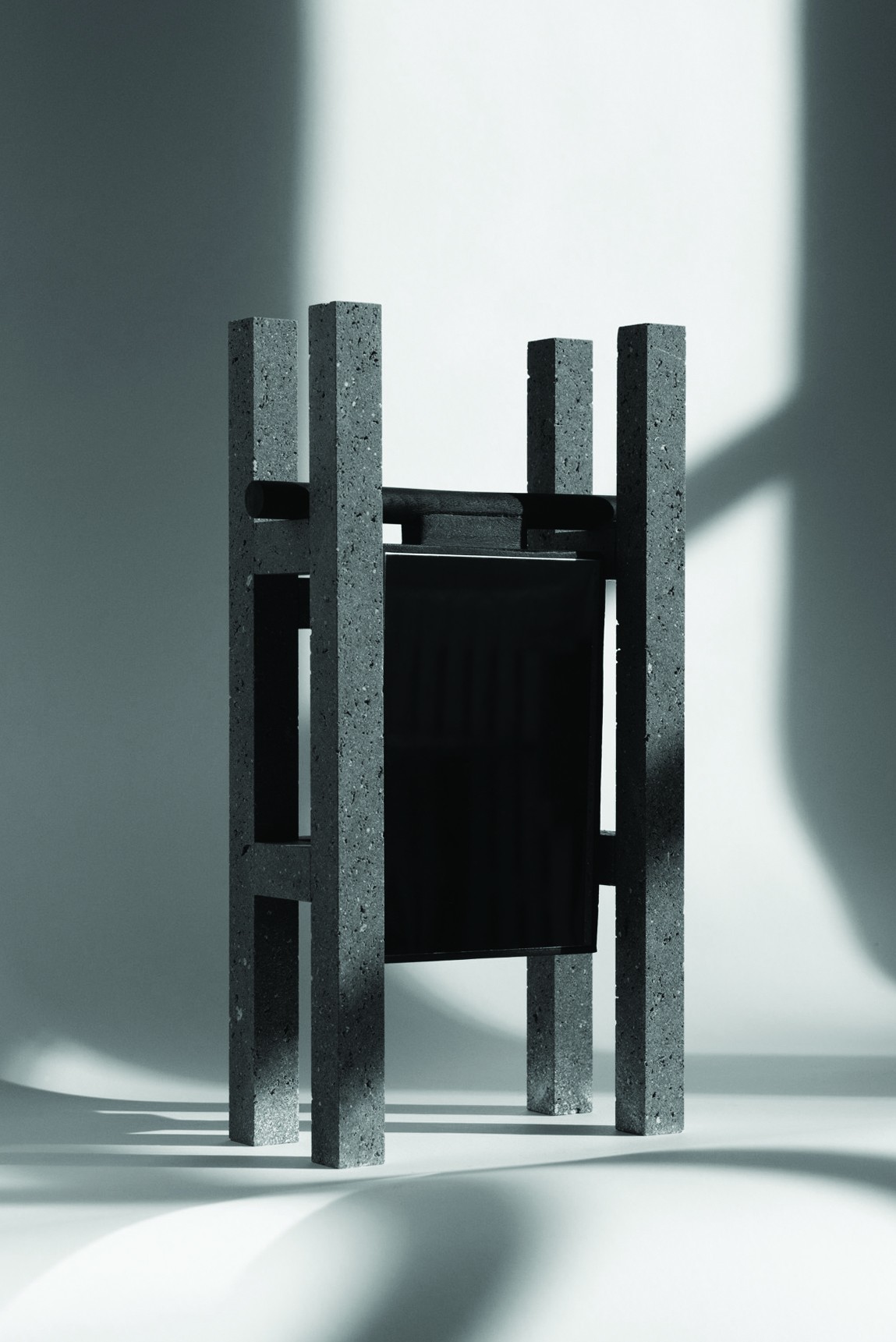Déformations, Black Hole, Samir Mazer, 2021 • © Alexis Frespuech
From 21 to 25 May 2025, the Révélations Biennale will take over the nave of the Grand Palais for its 7th edition, which will assert more than ever its role as an unmissable showcase for the arts and contemporary creation.
Organised by Ateliers d’Art de France, the event brings together 559 creators from 35 countries in a refined scenography by Adrien Gardère, where innovation and transmission interact. Major creators, emerging talents, manufacturers of excellence, cutting-edge galleries and emblematic institutions offer a panorama marked by diversity and the renewal of know-how. For the first time, schools have been included in this selection, demonstrating the Biennale’s strong desire to cultivate the future and offer the younger generations unprecedented access.
Italy, the country of honour this year, is celebrating the excellence of its craftsmen and the abundance of its living heritage, from Carrara marble to Murano glass. Between heritage and reinterpretation, Italian expertise is boldly expressed, reaffirming the interplay between tradition and the avant-garde.
At the heart of this event, a selection of designers stand out for their unique approach to materials, at the crossroads of design, architecture and art.
Architect and ceramist Lætitia Perrin is redefining the contours of furniture and objets d’art through free and sculptural forms. Based at the Ateliers Diderot
(Pantin), she shapes ceramics like a real construction material, exploring the tensions between organic lines and strict structures. At Révélations, she unveiled Opus Incertum, a lacquered wooden screen dotted with ceramic inserts, designed in collaboration with Aurélie Rimbert. This piece demonstrates a dialogue between density and lightness, which is extended through a collection of tables, stools and bas-reliefs exploring texture and movement.
An unmissable duo in textile design, Lily Alcaraz and Léa Berlier are pushing the boundaries of weaving, elevating it to the status of a sculptural experience. Winners of the Grands Prix de la Création de la Ville de Paris, they deconstruct the weft to recompose it into a living material. Their sideboard, designed with Pierre Charrié and the cabinetmaking workshop Jean Brieuc Atelier, turns the weaving of wood into a veritable mechanism for the generation of fluid and organic kinematics. They also present a wall installation where the alternation of colours creates a vibratory effect, inspired by marine movements. By playing on the contrast between fixity and undulation, they deliver an immersive vision of fibre, where each fiber becomes a vector of emotion.
For more than 20 years, Samir Mazer has been reinterpreting the art of zellige, breathing new spatial dynamism into it. Between architectural geometry and sensory vibration, he is reinventing the age-old Moroccan tradition to better project it towards new perspectives. His creations transform the glazed terracotta tesserae through sculpted volumes that explore light and texture. With his Froisser ou plisser les murs collection, zellige is no longer content to adorn a surface, but sculpts it and deploys it in an almost organic movement, where each fragment resonates with the space.
Founder of the Tygre studio, Nicolas David brings a contemplative and immersive dimension to ceramics. At the crossroads of sculpture and design, his pieces evoke interior landscapes, sensitive havens from the hustle and bustle of the world. Working the clay with almost architectural precision, the craftsman creates a subtle dialogue between innovation and heritage, technique and poetry. Its structures, both refined and organic, capture the light and modulate the space, establishing ceramics as a profoundly sensory and emotional medium.
Studio Quiproquo, founded in 2021 by designers and craftsmen Marie Vernier-Lopin and Bastien Phung, strives to create narrative objects that examine our uses and our relationship to craftsmanship. In the space dedicated to the Bureau du Design, de la Mode et des Métiers d’Art (BDMMA) of the City of Paris, they present a mirror from the Étai collection, which subtly combines marble and burnt wood using the Japanese yakisugi technique. With this series, they examine the relationship between the supporting and the supported element, reinventing architectural elements often perceived as temporary to give them aesthetic durability, while playing with the codes of architecture and craftsmanship. •


